This article was medically reviewed by Luba Lee, FNP-BC, MS and by wikiHow staff writer, Danielle Blinka, MA, MPA. Luba Lee, FNP-BC is a Board-Certified Family Nurse Practitioner (FNP) and educator in Tennessee with over a decade of clinical experience. Luba has certifications in Pediatric Advanced Life Support (PALS), Emergency Medicine, Advanced Cardiac Life Support (ACLS), Team Building, and Critical Care Nursing. She received her Master of Science in Nursing (MSN) from the University of Tennessee in 2006.
There are 17 references cited in this article, which can be found at the bottom of the page.
This article has been viewed 20,936 times.
Hip pain can make it hard to get through your day, and it might stop you from doing the things you love. Your doctor might recommend you get a hip replacement if your pain is severe, which is often due to arthritis.[1] You'll be happy to learn that you might be able to prevent a hip replacement. However, check with your doctor before making any changes to your diet, lifestyle, or exercise plan.
Steps
Making Diet and Lifestyle Changes
-
1Lose weight if you’re overweight. Losing weight can be really hard, but carrying excess body weight increases the pressure on your joints, including your hips. Talk to your doctor about your target weight range and whether or not losing weight will help you. Then, eat a healthy diet and exercise to help you reach and maintain your target weight.[2]
- Try staying active by biking, swimming, or walking since it can help keep your joints working properly.
- Talk to your doctor before beginning a new diet and exercise plan.
- Ask your doctor to refer you to a dietitian if you need help planning a healthy diet.[3]
Did You Know? Every 10 pounds (4.5 kg) of weight on your body puts 3 to 6 times as much pressure on your hip joints. That means losing 10 pounds (4.5 kg) might take 30 to 60 pounds (14 to 27 kg) of pressure off of your hips.[4]
-
2Choose foods that may help strengthen your bones and joints. You don't need to follow a special diet for healthy hips, but there are a few foods you might want to try. Some foods contain nutrients that support healthy bones and joints, and incorporating them into your diet may help preserve your hips for longer. Eat more of the following to potentially protect your bone and joint health:[5]
- Leafy greens and spinach
- Dairy
- Almonds
- Soybeans
- Tofu
- Salmon and ocean trout
- Shellfish
- Fortified foods
Advertisement -
3Manage joint discomfort with NSAIDs if your doctor says it’s okay. Coping with hip pain can be frustrating, especially if your hips hurt often. Over-the-counter nonsteroidal anti-inflammatory drugs (NSAIDs) like ibuprofen (Advil, Motrin) or naproxen (Aleve) may relieve pain and swelling in your joint. By managing your pain, you may be able to delay or prevent a hip replacement. Ask your doctor if it’s safe for you to take NSAIDs. If so, take them exactly as directed on the label.[6]
- NSAIDs aren’t right for everyone. Your doctor may recommend you take a different pain reliever, like acetaminophen (Tylenol), instead.
- If you don’t want to take NSAIDs, try relieving your pain with regular massage or acupuncture around your hips.
-
4Take chondroitin and glucosamine supplements to support healthy cartilage. You may want to add supplements to your diet to support your joint health. There’s some evidence that chondroitin may help protect your cartilage, while glucosamine might help your body make more. These supplements may not work for everyone, so there’s no guarantee they’ll help. Talk to your doctor to make sure it’s safe for you to take the supplements, then use them as directed on the label.[7]
- You can buy chondroitin and glucosamine at a drugstore, health food store, vitamin shop, or online.
-
5Wear supportive, flexible shoes to minimize the impact on your joints. You likely enjoy being active, but any physical activity, including just walking around, puts pressure on your hip joints. To ease that pressure, pick shoes that support your feet and have a flexible sole for added support. When shopping for shoes, try them on at the end of the day or after exercise when your feet are puffy. Make sure you can wiggle your toes, then walk around a bit to see if the shoes feel comfortable.[8]
- Consider having a shop assistant measure your feet so you know you're getting the right size.
- Try to wear supportive footwear most of the time. You might even get a supportive pair of house slippers for when you’re hanging out at home.
Stretching and Strengthening Your Hips
-
1Practice simple range of motion stretches for a low-impact exercise. Stand with feet slightly wider than shoulder-width apart. Move your pelvis in a circular motion as if you were using a hula hoop. Do about 5 rotations clockwise before switching directions for another 5 rotations.
-
2Do a seated hip abductor stretch using a resistance band. This exercise is an easy way to start strengthening your hips. Sit up straight in a chair with a resistance band wrapped around your knees. Slowly spread your knees as far as you comfortably can, then pause for 1-2 seconds. Slowly close your legs back together to complete 1 rep.[9]
- Do 2 sets of 8-12 reps 2-3 times per week.
-
3Do modified leg lifts while lying on your stomach. Try this modified version of a leg lift if you’re just starting to exercise your hips. Lie face down on your stomach and stretch out. Then, lift 1 leg up into the air, keeping your knee straight. Hold for 1-2 seconds. Slowly lower your leg back down to the floor to complete 1 rep.[10]
- Do 2 sets of 8-12 reps on each side 2-3 times per week.
-
4Perform standing leg lifts when you feel strong enough. After you’ve mastered modified leg lifts, you might be ready to try them while standing up. Position a sturdy chair in front of you and hold onto the back of it for support. Lean forward at about a 45-degree angle. Keeping your left leg straight, slowly lift your right leg up behind you as high as you comfortably can, keeping your knee straight. Hold for 1-2 seconds, then slowly lower your leg to the ground to complete 1 rep.[11]
- Do 2 sets of 12 reps on each side 2-3 times per week.
-
5Open up your hips with clamshells. Clamshells are a simple exercise that target your glutes and thighs, which support your hips.[12] Lie down on your side with your knees bent and your legs stacked. Support your head with your bottom arm. Slowly lift the top knee as far as you can, opening your legs like a clamshell. Hold for 1 second, then slowly lower your leg back to start to complete 1 rep.[13]
- Do 2 sets of 12 reps on each side 2-3 times per week.
- Don’t let your hip tilt back as you lift your knee. It may help to place your top arm at the back of your hip to remind you to keep your hips straight.
-
6Perform lunges to target your hips and thighs. Lunges can be a challenging exercise, so listen to your body and go at your own pace.[14] Stand up straight with your legs about hip-width apart. Step forward with 1 leg, then slowly bend your knees to lower your body down toward the floor. Stop when your knees are in 90-degree angles or when you feel uncomfortable. Hold for 2-3 seconds, then rise back up to start to complete 1 rep.[15]
- Do 2 sets of 8-12 reps on each side 2-3 times per week.
- Don’t let your front knee go out past your toes. Additionally, don’t push your body farther than it can go. It’s okay if you need to modify the exercise by not going down very far.
-
7Perform dumbbell squats to work your lower body muscles. Stand up straight with your legs shoulder-width apart. Extend your arms at your sides and hold a dumbbell in each hand with your palms facing your body. Bend your knees and slowly lower your body as far as you comfortably can, trying to go down about 8 in (20 cm) if possible. Hold for 1-2 seconds, then slowly come back up to complete 1 rep.[16]
- Do 2 sets of 8-12 repetitions 2-3 times per week.
- You don’t need dumbbells to do squats since it’s already a bodyweight exercise.
- Don’t let your knees go out past your toes. Additionally, stop doing squats and call your doctor if you experience any pain.
-
8Try the happy baby yoga pose to help open your hips. Lie on your back and bend your knees up to your chest. Grab the sides of your feet with your hands and pull them up so your soles face the ceiling. Gently rock your body from side to side to relax your back and try to straighten your legs so your knees aren’t bent. Hold the position for 10–15 seconds before letting go and squeezing your knees tight against your body.[17]
- You may also try standing with your feet together and your knees slightly bent and arms straight up to complete the chair pose.[18] Try balancing on one foot and extending one of your legs straight back to add in the drinking bird position.[19]
- This stretch also helps stretch your piriformis muscle, which connects your leg to your pelvis.
Getting Medical Treatment
-
1Check with your doctor before starting a new diet, exercise plan, or supplement. You probably want to do everything you can to protect your hips, but it's important to run these changes by your doctor first. Your doctor can help you make diet and exercise choices that are right for your medical needs. Additionally, they can help you make sure the supplements you want to take are safe for you. Always consult your doctor before making changes and get their advice.[20]
- This is especially important if you’re taking any medications.
- Tell your doctor you’re specifically worried about your hips. They may be able to recommend changes to help protect your hips.
-
2Ask your doctor if cortisone shots are right for you. Painful hip joints may be hard to bear at times. Fortunately, your doctor may be able to give you cortisone shots in your hip to reduce pain and inflammation. Not only will you feel better, but the reduction in inflammation may temporarily slow damage to your hip. Talk to your doctor to find out if this treatment is right for you.[21]
- When you get a hip injection, your doctor will have you lie on a table. They’ll clean your hip area and give you a numbing agent to minimize discomfort. Then, they'll use an X-ray to find the right spot for your injection. Your doctor will use a dye to illuminate the area, then they’ll inject you with cortisone.[22]
-
3Work with a physical therapist to learn exercises you can do. While you can exercise on your own, seeing a physical therapist can help you learn proper form for your exercises. Ask your doctor to refer you to a physical therapist who can help you strengthen your hips. During your sessions, focus on learning the exercises and ask which ones you can do at home.[23]
- Your physical therapy appointments may be covered by your insurance, so check your benefits.
Warnings
- Check with your doctor before starting a new diet or exercise plan and before taking supplements.⧼thumbs_response⧽
- Listen to your body when you’re exercising and don’t push yourself too hard. You might accidentally injure yourself if you push your body past its limits.⧼thumbs_response⧽
- Avoid overstretching since it can lead to hip injuries.⧼thumbs_response⧽
References
- ↑ https://www.hss.edu/condition-list_hip-arthritis.asp
- ↑ https://my.clevelandclinic.org/health/treatments/17102-hip-replacement
- ↑ https://www.health.harvard.edu/pain/avoiding-knee-or-hip-surgery
- ↑ https://www.health.harvard.edu/pain/avoiding-knee-or-hip-surgery
- ↑ https://www.nhs.uk/live-well/healthy-body/food-for-strong-bones/
- ↑ https://www.nhs.uk/conditions/nsaids/
- ↑ https://pubmed.ncbi.nlm.nih.gov/17996099/
- ↑ https://www.betterhealth.vic.gov.au/health/healthyliving/Choosing-the-right-shoe
- ↑ https://www.emedihealth.com/hip-exercises.html
- ↑ https://www.health.harvard.edu/pain/avoiding-knee-or-hip-surgery
- ↑ https://www.health.harvard.edu/pain/avoiding-knee-or-hip-surgery
- ↑ https://www.health.harvard.edu/pain/avoiding-knee-or-hip-surgery
- ↑ https://www.youtube.com/watch?v=EG5_gXcfozw&feature=youtu.be&t=17
- ↑ https://www.researchgate.net/publication/24234739_Hip-Muscle_Activation_During_the_Lunge_Single-Leg_Squat_and_Step-Up-and-Over_Exercises
- ↑ https://www.health.harvard.edu/blog/strengthening-your-core-right-and-wrong-ways-to-do-lunges-squats-and-planks-201106292810
- ↑ https://www.health.harvard.edu/pain/avoiding-knee-or-hip-surgery
- ↑ https://youtu.be/Rg8L0_ZDick?t=10
- ↑ https://youtu.be/ySafTekJ3Ls?t=385
- ↑ https://youtu.be/SWTwMeAqJTY?t=25
- ↑ https://www.arthritis.org/health-wellness/treatment/complementary-therapies/supplements-and-vitamins/vitamin-and-mineral-guide-for-arthritis
- ↑ https://health.clevelandclinic.org/q-can-cortisone-injections-ease-joint-pain-arthritis/
- ↑ https://medlineplus.gov/ency/article/007633.htm
- ↑ https://www.health.harvard.edu/pain/avoiding-knee-or-hip-surgery
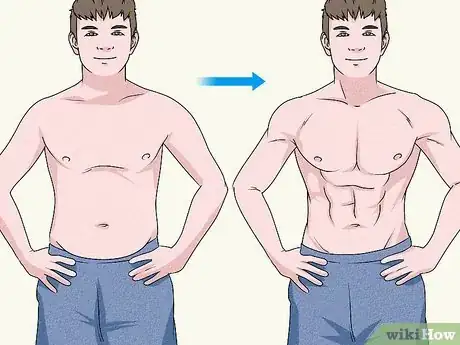



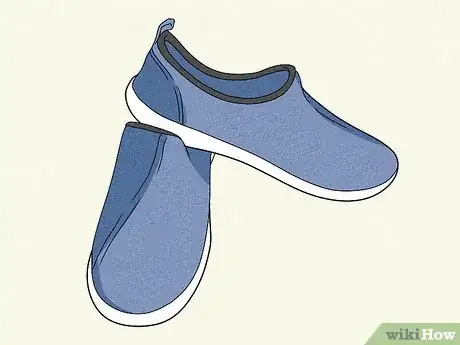
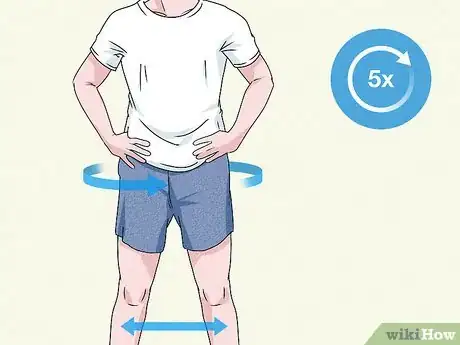
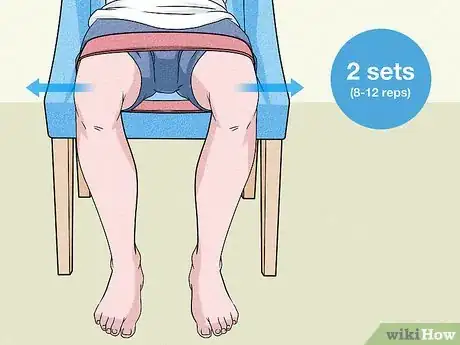
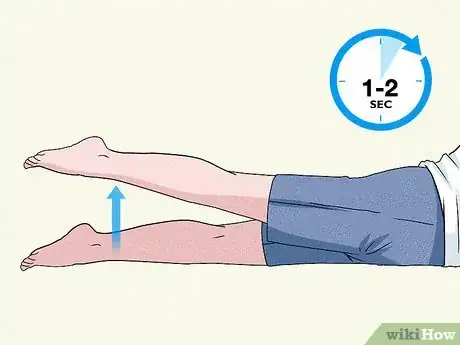
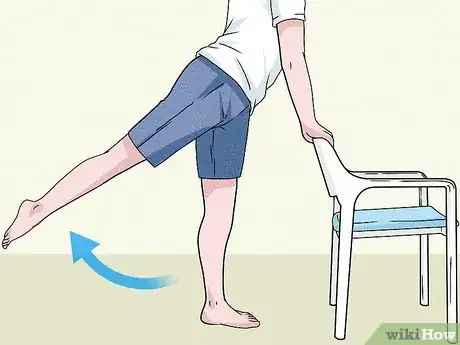



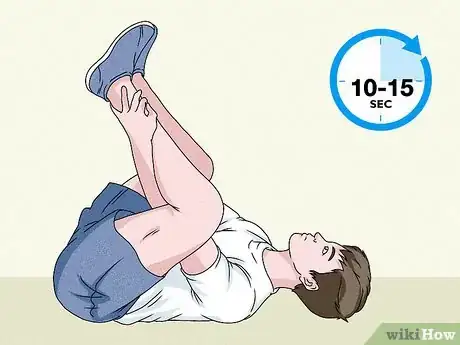

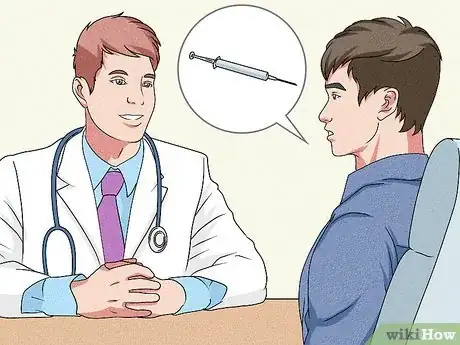
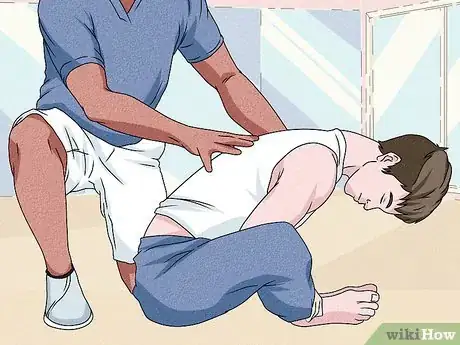

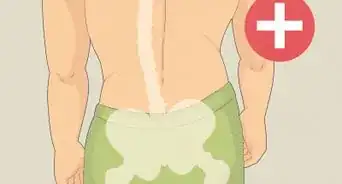
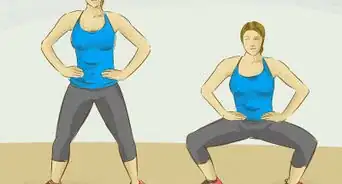
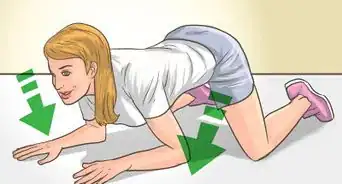
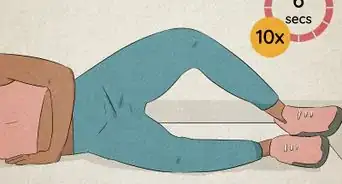
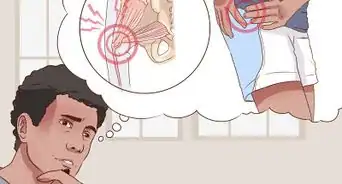









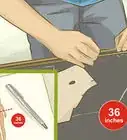

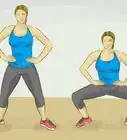
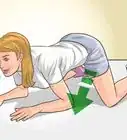



































Medical Disclaimer
The content of this article is not intended to be a substitute for professional medical advice, examination, diagnosis, or treatment. You should always contact your doctor or other qualified healthcare professional before starting, changing, or stopping any kind of health treatment.
Read More...